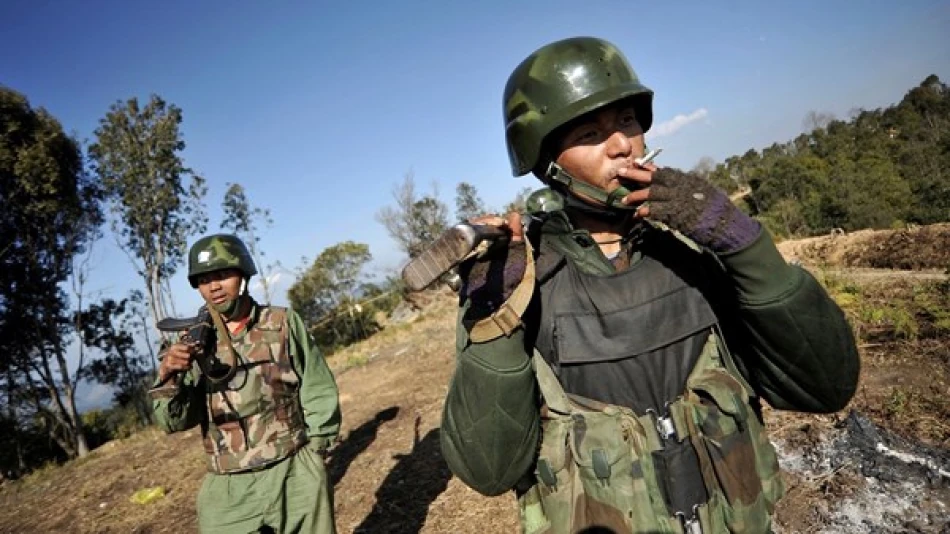
Deadly Airstrike Hits Myanmar Mine, Sparking Outrage and Calls for Accountability
Myanmar's Gem Industry Under Fire: Airstrike Kills 13 at Ruby Mine
A deadly airstrike on a ruby mine in Myanmar's northern Mogok region has killed 13 people and wounded up to 14 others, highlighting how the country's lucrative gemstone industry has become collateral damage in an escalating civil conflict. The attack on Saturday underscores the growing instability plaguing one of the world's most important sources of precious stones.
The Human Cost of Myanmar's Gem War
According to local witnesses who spoke on condition of anonymity, the airstrike initially killed seven people at the mining site, with six others succumbing to their injuries later. Among the victims were a father and son traveling by motorcycle who were caught in the crossfire. A passing vehicle was also targeted, injuring seven passengers inside.
A spokesperson from the Mogok region confirmed the death toll, though reports vary on the exact number of wounded. "The street was crowded, which is why we had this number of casualties," the spokesperson explained, pointing to the indiscriminate nature of the attack on civilian infrastructure.
Mogok: The Ruby Capital Under Siege
The Mogok region, often called the "Valley of Rubies," sits at the heart of Myanmar's gemstone industry and has been a strategic prize in the country's civil war. The area is currently controlled by armed groups opposed to Myanmar's military junta, making it a target for government airstrikes.
This attack represents more than just another casualty count in Myanmar's ongoing conflict—it strikes at the economic foundation of a region that has supplied the world's finest rubies for over a millennium. The targeting of mining operations suggests a deliberate strategy to cut off revenue streams that could fund opposition groups.
Economic Warfare Through Precious Stones
Myanmar's gemstone wealth has become both a blessing and a curse since the military coup in February 2021. The country possesses some of the world's richest deposits of rubies, sapphires, and jade, with the industry historically generating hundreds of millions of dollars annually.
However, international sanctions have severely disrupted legitimate gem trading channels, while the military's loss of control over key mining regions like Mogok has transformed these areas into battlegrounds. The result is a fragmented industry where local communities pay the ultimate price for geopolitical control over natural resources.
Global Implications for the Gem Trade
The instability in Myanmar's mining regions has already begun reshaping global gem markets. International buyers, particularly in Thailand and China, are increasingly reluctant to source stones from conflict zones, driving up prices for alternative suppliers in Sri Lanka, Madagascar, and East Africa.
For the luxury jewelry industry, Myanmar's chaos presents both ethical and supply chain challenges. Major brands have largely suspended purchases of Myanmar gems, similar to restrictions on conflict diamonds, but the informal nature of much gem trading makes complete oversight difficult.
A Region's Future Hangs in the Balance
Saturday's airstrike exemplifies how Myanmar's civil conflict has evolved beyond political opposition into economic warfare. By targeting civilian infrastructure in resource-rich regions, the military junta appears to be pursuing a scorched-earth strategy that prioritizes denying resources to opponents over protecting civilian lives.
For the people of Mogok, whose livelihoods have depended on gem mining for generations, the conflict has transformed their ancestral trade into a deadly gamble. The international community's response to this escalation will likely determine whether Myanmar's gemstone regions become permanently destabilized or can eventually return to peaceful production.
Most Viewed News

 Layla Al Mansoori
Layla Al Mansoori






